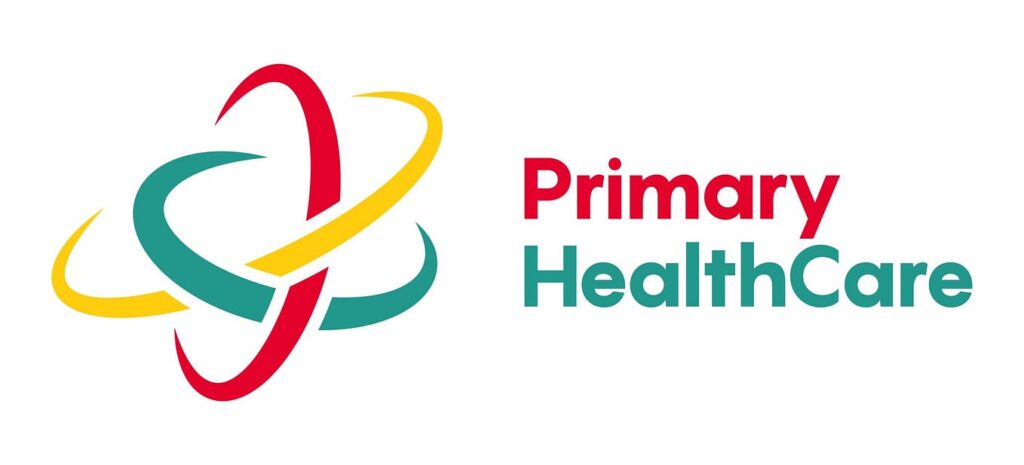Introduction
Primary health care (PHC) is the entry point into the healthcare system for most people, and it is fundamental to achieving universal health coverage. It focuses on providing accessible, affordable, and community-centered care. PHC is not just about treating illnesses it is about promoting well-being, preventing diseases, and empowering individuals to take control of their health.
The concept of PHC was first brought into global focus at the 1978 Alma-Ata Conference, where world leaders recognized it as the cornerstone of effective healthcare systems. Since then, PHC has been adopted as a key strategy by health ministries, non-governmental organizations, and the World Health Organization (WHO).
What is Primary Health Care?
Primary health care is a holistic, community-based approach that addresses the majority of a person’s health needs throughout their life. It includes:
Health promotion: Encouraging lifestyle changes such as better nutrition, exercise, and smoking cessation.
Disease prevention: Vaccinations, screenings, and public health campaigns.
Early diagnosis and treatment: Detecting and addressing medical conditions at the earliest stage.
Chronic disease management: Providing continuous care for long-term illnesses like diabetes or heart disease.
Rehabilitation and palliative care: Helping patients recover and improving quality of life in serious or terminal illness.
Core Principles of Primary Health Care
Accessibility
Services should be physically, economically, and culturally accessible to all individuals. This means rural and underserved populations must receive the same standard of care as urban residents.Community Participation
People should be actively involved in planning and delivering their health services. This ensures that care is relevant to the community’s unique needs.Health Promotion and Prevention
Instead of focusing solely on treatment, PHC aims to stop diseases before they occur through education, lifestyle changes, and preventive measures.Intersectoral Collaboration
Health outcomes are influenced by education, housing, sanitation, and nutrition. PHC encourages partnerships across these sectors for holistic well-being.Appropriate Technology
Utilizing cost-effective, evidence-based tools and technology that can be sustained by the community.
Benefits of Strong Primary Health Care Systems
Cost Reduction
Preventing illnesses is far cheaper than treating them in hospitals. PHC reduces reliance on expensive emergency services.Better Health Outcomes
Countries with strong PHC systems have lower rates of preventable diseases and longer life expectancies.Equity in Healthcare
PHC ensures everyone, regardless of income or geography, has access to essential services.Continuity of Care
Patients receive long-term, coordinated care instead of fragmented treatments.
Examples of Primary Health Care Services
Family doctor consultations
Maternal and child healthcare (prenatal visits, newborn checkups)
Immunizations for children and adults
Routine health screenings (blood pressure, cholesterol, cancer checks)
Nutritional advice and weight management programs
Basic wound treatment and emergency stabilization
Mental health support and counseling
Challenges Facing Primary Health Care Today
Workforce Shortages
Many regions face a shortage of doctors, nurses, and community health workers.Funding Gaps
PHC often receives less financial support compared to specialized hospital care.Health Literacy Issues
A lack of awareness about available services can stop people from seeking timely care.Digital Divide
Telemedicine and digital health solutions are not equally accessible to all communities.
The Future of Primary Health Care
Telemedicine Expansion: Virtual consultations can bridge the gap between urban specialists and rural patients.
AI and Predictive Health Analytics: Technology can help identify risks before they become severe.
Integrated Care Models: Coordinating PHC with specialized and hospital services for seamless treatment.
Community Health Worker Training: Empowering local workers to deliver culturally relevant care.
Mobile Health Units: Bringing medical services directly to remote locations.
Conclusion
Primary health care is the backbone of any strong healthcare system. By investing in PHC, societies can prevent disease, reduce hospital strain, and promote health equity. The future of healthcare depends on strengthening PHC systems, embracing technology, and putting communities at the center of decision-making.


